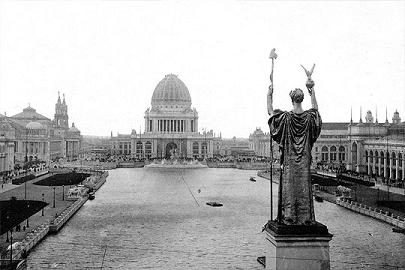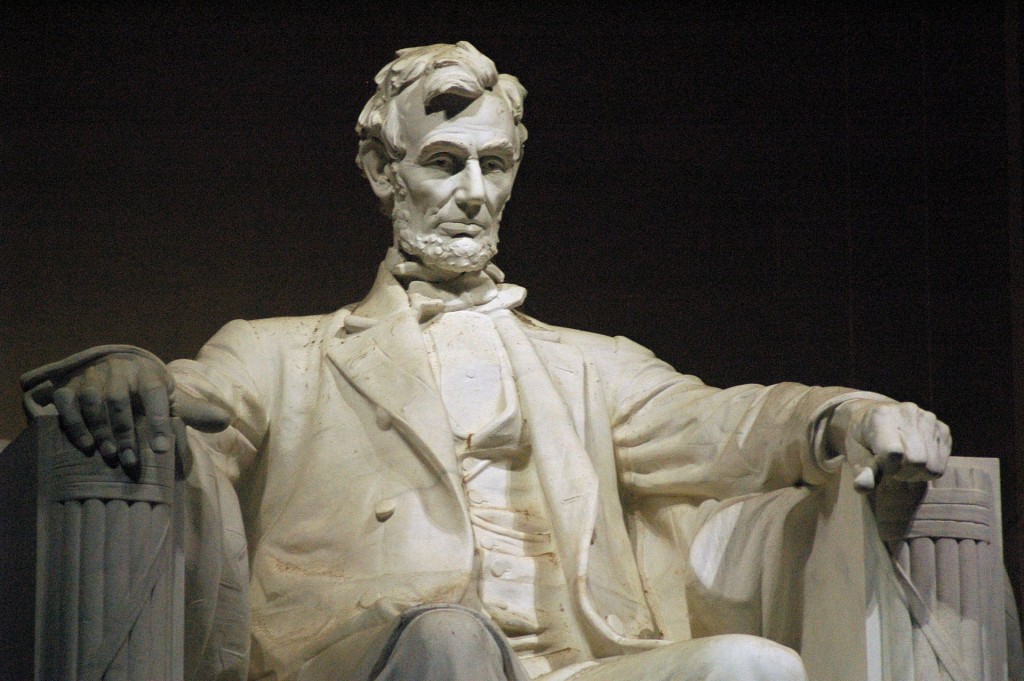It’s been another busy week, so here’s a quick roundup from Hot White Snow, The Dake Page, and Science Traveler.
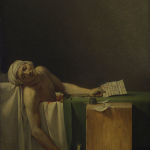 What do Picasso’s “Guernica,” David’s “The Death of Marat,” and Wyeth’s “Christina’s World” have in common? They all were posters hanging on my bedroom wall as a teenager. Yes, I was not a normal child. Read more at “An Odd Taste in Art for a Teen.”
What do Picasso’s “Guernica,” David’s “The Death of Marat,” and Wyeth’s “Christina’s World” have in common? They all were posters hanging on my bedroom wall as a teenager. Yes, I was not a normal child. Read more at “An Odd Taste in Art for a Teen.”
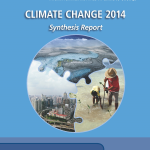 Two big events in climate science occurred this week. The most important one (IPCC’s Synthesis Report) was largely ignored while the least important one (Mid-Term Elections) will be talked about for the next two years. Check out why on The Dake Page.
Two big events in climate science occurred this week. The most important one (IPCC’s Synthesis Report) was largely ignored while the least important one (Mid-Term Elections) will be talked about for the next two years. Check out why on The Dake Page.
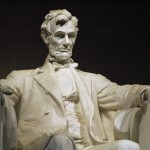 Speaking of elections, Abraham Lincoln was reelected on November 8th, 1865, and 150 years later we are celebrating this milestone event with our Lincoln Group Symposium this Saturday in downtown DC. Only two days to go – sign up now or you can register at the door.
Speaking of elections, Abraham Lincoln was reelected on November 8th, 1865, and 150 years later we are celebrating this milestone event with our Lincoln Group Symposium this Saturday in downtown DC. Only two days to go – sign up now or you can register at the door.
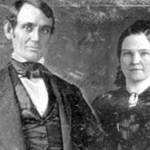 Meanwhile, this week also saw the anniversary of Lincoln’s tempestuous marriage to Mary Todd. The sudden wedding caught everyone by surprise; could have been because Mary had seduced old Abe? And why did Mary refuse to be photographed with her husband? Find out here.
Meanwhile, this week also saw the anniversary of Lincoln’s tempestuous marriage to Mary Todd. The sudden wedding caught everyone by surprise; could have been because Mary had seduced old Abe? And why did Mary refuse to be photographed with her husband? Find out here.
Bonus! Sales of Tesla: The Wizard of Electricity have remained strong since the second printing went back into Barnes and Noble this summer. More than 25,000 copies have been sold so far, and the publisher has ordered a third printing for February 2015. Meanwhile, my e-book continues to sell on Amazon – look for some exciting news about Nikola Tesla: Renewable Energy Ahead of Its Time to be annnounced shortly.
Follow me by subscribing by email on the home page. And feel free to “Like” my Facebook author’s page and connect on LinkedIn. Share with your friends using the buttons below.



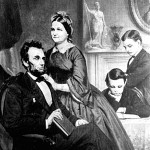 On November 4, 1842, Abraham Lincoln rushed around to his friends and invited them to his one-day’s notice wedding to Mary Todd. The sudden marriage came as a shock to their family and friends, many of whom weren’t aware the couple had resumed their courtship almost two years after the ignominious “fatal first” that ended their prior engagement.
On November 4, 1842, Abraham Lincoln rushed around to his friends and invited them to his one-day’s notice wedding to Mary Todd. The sudden marriage came as a shock to their family and friends, many of whom weren’t aware the couple had resumed their courtship almost two years after the ignominious “fatal first” that ended their prior engagement.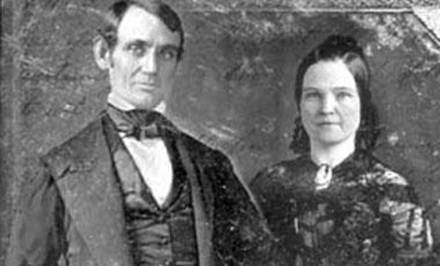
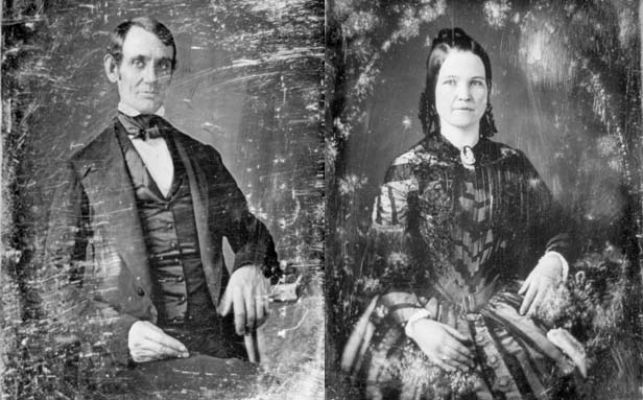
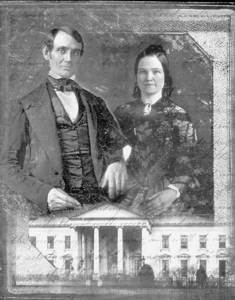
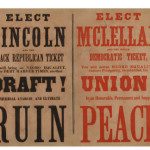 Abraham Lincoln was reelected for a second term in 1864, which surprised everyone,
Abraham Lincoln was reelected for a second term in 1864, which surprised everyone, 
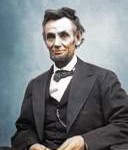 As the Civil War raged on, things weren’t looking so good for the reelection of Abraham Lincoln. In August 1864 Lincoln asked his entire cabinet to sign the back of what became the “
As the Civil War raged on, things weren’t looking so good for the reelection of Abraham Lincoln. In August 1864 Lincoln asked his entire cabinet to sign the back of what became the “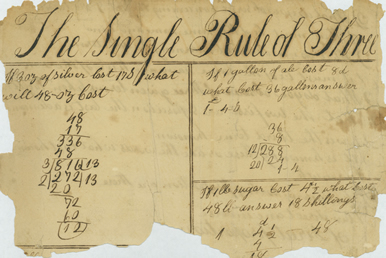



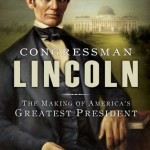 Author Chris DeRose takes a more detailed look at a period in Abraham Lincoln’s life that is normally glossed over in other biographies – his single term as a U.S. Congressman. The first few chapters highlight the political status of the time, as well as the political wrangling between different factions both within and external to the Whig party. The book goes into various aspects of the key question of the day, slavery. Doing so makes it clear that the post-Civil War reinvention of history to suggest the South wasn’t fighting to maintain and expand slavery is hogwash.
Author Chris DeRose takes a more detailed look at a period in Abraham Lincoln’s life that is normally glossed over in other biographies – his single term as a U.S. Congressman. The first few chapters highlight the political status of the time, as well as the political wrangling between different factions both within and external to the Whig party. The book goes into various aspects of the key question of the day, slavery. Doing so makes it clear that the post-Civil War reinvention of history to suggest the South wasn’t fighting to maintain and expand slavery is hogwash.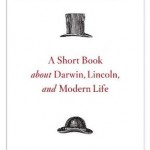 The title comes from the controversy (assuming you knew there was a controversy) over whether Edwin Stanton, upon Lincoln taking his last breath, said “Now he belongs to the ages” or “Now he belongs to the angels.” With this contrivance as a starting point Gopnik presents what amounts to six essays.
The title comes from the controversy (assuming you knew there was a controversy) over whether Edwin Stanton, upon Lincoln taking his last breath, said “Now he belongs to the ages” or “Now he belongs to the angels.” With this contrivance as a starting point Gopnik presents what amounts to six essays.
 Abraham Lincoln is the only president to ever get a patent, an ingenious, though impractical, method for lifting boats over shoals. This interest in technology served him well during the Civil War as battles increasingly relied on mechanization for transportation, communication, and weaponry.
Abraham Lincoln is the only president to ever get a patent, an ingenious, though impractical, method for lifting boats over shoals. This interest in technology served him well during the Civil War as battles increasingly relied on mechanization for transportation, communication, and weaponry.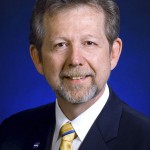 Abraham Lincoln’s Air Force – Balloons in the Civil War
Abraham Lincoln’s Air Force – Balloons in the Civil War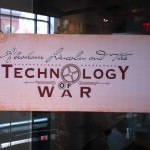 Abraham Lincoln and the Technology of War
Abraham Lincoln and the Technology of War